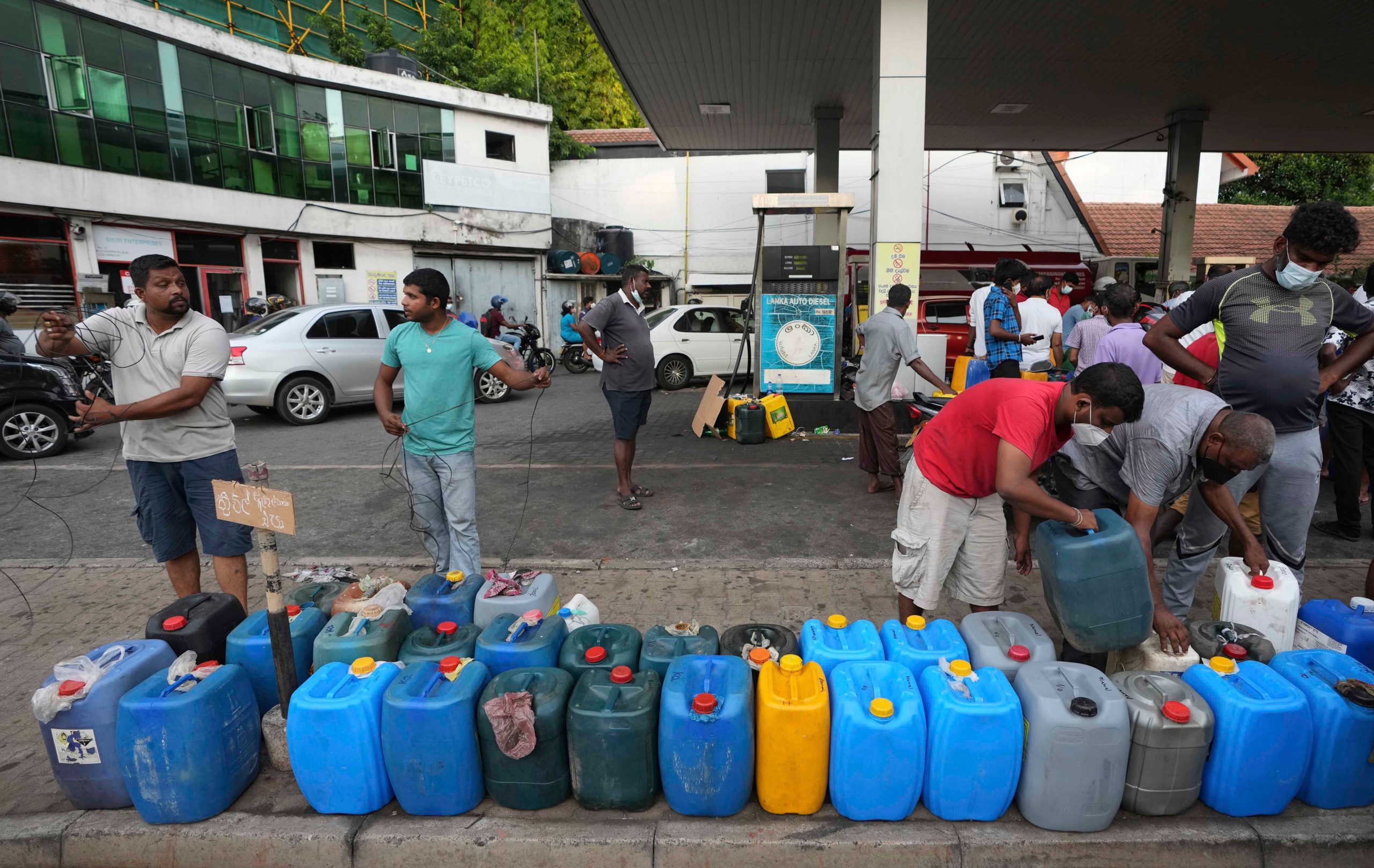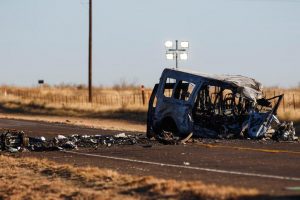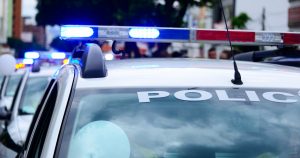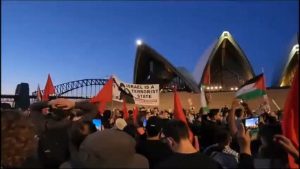A hike and shortage of fuel in crisis-hit Sri Lanka ignited massive protests across the country on Tuesday as tens of thousands of angry motorists burned tyres and blocked a major road leading into capital Colombo, news agency AFP reported.
Protests have engulfed Sri Lanka over the past few weeks after the government ran out of dollars to finance vital imports like food, medicine and fuel. The latest demonstrations include a 115 km highway connecting Kandy to Colombo being cut off at multiple points.
Also read: Sri Lanka asked to take a call on hosting Asia Cup 2022 by July 27: Report
Several videos and pictures were shared on social media. However, Opoyi could not independently verify the footage. Buses and other vehicles parked across the road, hundreds of people gathered and, ominously, what seemed to be security personnel in riot gear at some places.
Some tweets also claim railway lines at some places, including in Rambukkana and Kegalle, have also been blocked by angry protesters.
Also read: Sri Lanka’s stock exchange comes to a halt as crisis deepens, again
News agency PTI reported that the state-run Ceylon Petroleum Corporation made fast-dwindling fuel supplies on Tuesday morning even more expensive; the price of 92 octane petroleum has been raised to LKR 338 per litre – an increase of LKR 84.
This is the CPC’s second price hike this month. The Lankan Indian oil company yesterday hiked prices for a fifth time in six months.
Also read: Textile orders from Sri Lanka diverting to India amid economic crisis
CPC officials blamed high global prices of oil and the depreciation of the Sri Lankan rupee against the dollar after the March 7 decision to have a free float.
India has moved to extend lines of credit worth over $2 billion for essentials, as well as $500 million in fuel aid.
Also read: India should take Umran Malik to T20 World Cup in Australia: Rashid Latif
Around 300,000 tonnes of fuel – petrol and diesel – were supplied, but earlier this month there were fears stations could run dry (again) within weeks.
The last time there was a fuel shortage there were massive queues outside filling stations and at least one person died. Soldiers were also called out in some places to guard against possible rioting.







